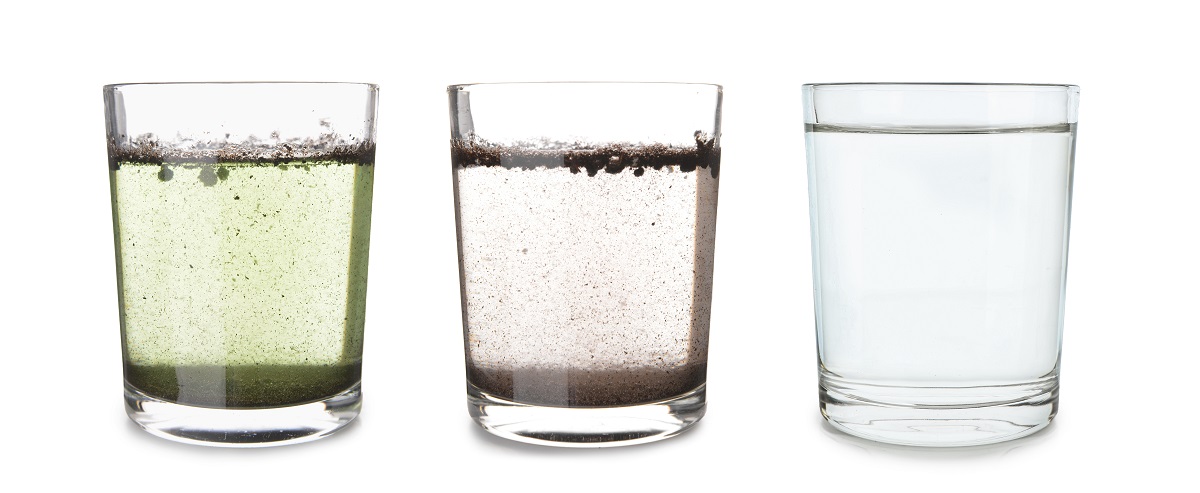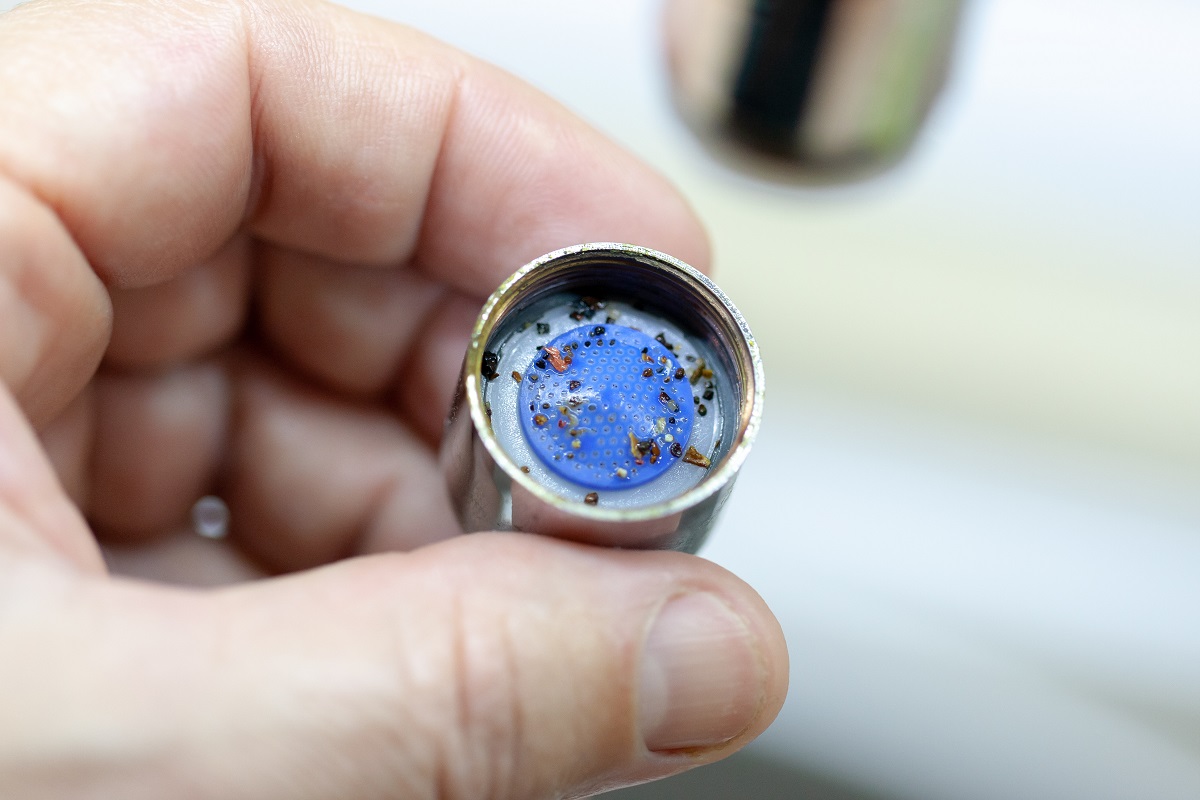What Can I Do to Improve Water Quality at Home?
With people spending more time at home due to the COVID-19 pandemic, one common question our 24-hour plumber has been receiving is what you can do to improve water quality at home. Water quality has to do with what is in the tap water.
There can be various minerals, calcium, additives like softeners, and so on. The quality of the water will also vary, depending on whether you have well water or city water. It is important to realize that tap water is not always what it seems.
There are acceptable limits of certain particulates allowed by the EPA and other government regulatory agencies. So, even if the annual water quality report shows details that the city water is safe, it does not mean there aren’t quality issues from the time the water leaves the treatment facility to when it reaches your home.
If you have well water, you, of course, are responsible for a water quality inspection by your plumber, or you’ll need to carefully collect and bring water samples to a lab. Once you have the quality report, then you can decide what steps to take to improve your water quality.
You may also request a water quality inspection from a plumber if you have city water. This report also will be beneficial in determining what quality improvement you need to make.

How Does Water Get Contaminated?
City water can be contaminated by a variety of different factors. A sinkhole could introduce greywater or wastewater into fresh drinking water supplies. If this occurs after the water leaves the treatment facility, it could easily make its way into your home.
Then there are different types of pollutants that could get into fresh water supplies, such as gas and oil spills, chemical spills, leaking underground storage tanks, landfill contaminants, and so on. Pollutants can affect both city water and well water supplies.
Ensure a Safe Water Supply
With annual water quality tests performed by your plumber, you can find out if there are ever any pollutants in your drinking water and at what levels. However, if you are taking steps to improve water quality at home, then pollutants may not be an issue. Be sure to take these steps:
Step 1: Get a Plumbing Pipe Inspection
Depending on when your home was built, you may have lead pipes. While this practice of using lead pipes was discontinued in the 1980s, there are still many homes that still have them for plumbing supply lines.
You may also have cast iron pipes. Cast iron is not as bad as lead, but it can and does rust. If you notice your tap water is brownish in color or you see flecks of rust, then somewhere inside the home you have metal pipes that are rusting.
Talk to your plumber about plumbing replacement options for these pipes. PVC and various types of heavy-duty plastic plumbing pipes are suitable replacements.
Rust can also get into your home’s water supply from your water heater. As it ages, rust can develop inside the tank or on the moving parts that create hot water on demand if you have a tankless water heater.
Step 2: Install a Water Filter
You have no control over what freshwater supply lines your city uses to run water to your home. They may use steel or some other type of metal pipes. By installing a water filter where fresh water enters the home, you can remove various contaminants, including rust, metals, etc.
Step 3: Install a Water Softener
If you have hard water, which most people have if they have well water, you’ll need to install a water softener to help remove calcium from the water. Those white spots and scale deposits that you notice on dishes, shower walls, sinks, and other such places are caused by the calcium in hard water.
It is important to mention that a water filter and water softener are not the same things. Many people get these confused, and that is understandable. The easiest way to remember the difference is that a water filter removes impurities from drinking water and a water softener makes hard water “soft” by removing calcium from the drinking water.
Step 4: Clean the Aerators on Your Faucets
Aerators serve two general purposes: One, they help conserve water while maintaining water flow. Two, they act as a mini-water filter to remove dirt, debris, and other small particles. To clean the aerators, simply unscrew them from the faucets, rinse them off, and replace them.
If you notice a large amount of sediment inside the aerator, set the aerator aside and call your plumber. This could indicate a more serious water quality issue.
Aerators, just like faucets, do wear out and eventually need to be replaced. If you are having plumbing replacement performed on your plumbing pipes, you should also consider replacing your faucets and fixtures at the same time you start with all-new plumbing.

Step 5: Get Your Septic Tank Emptied
If you have a septic tank, don’t wait for the tank to overflow into your yard before getting it emptied. If you do, raw sewage could leach into the groundwater and, worse, your well water. If your septic tank is older, talk to your plumber about replacing it with a new one that reroutes greywater into the yard rather than into the septic tank—then the water you use to wash dishes, do laundry, or bathe can help water your lawn and not fill up the septic tank as fast. However, some states do not allow this.
Step 6: Watch for Signs of Damaged Sewer Lines
Whether you have a septic tank or city sewer lines, you want to pay attention to early warning signs that there is a problem. If you notice your yard is constantly wet in the location where the sewer line runs to the septic tank or street, you could have a leaking sewer pipe. Another common sign is if the grass in this location is growing much faster than the rest of the lawn.
If you notice the ground is sinking in the location of the sewer pipe, the pipe could be broken. You will often hear gurgling sounds coming from drains that are not being used when flushing the toilet if there is a damaged or broken sewer line. Additionally, you may notice sewer water flowing back into the toilet or coming up your other drainpipes.
If you ever notice any of these signs, call your 24-hour plumber immediately. The sooner the problem can be fixed, the better, to stop raw sewage from getting into the ground and reaching freshwater supplies.
Step 7: Use Eco-Friendly Products
Look for eco-friendly dish soaps, laundry detergents, bathing soaps, shampoos, etc. These products are better for the environment and also make recycling greywater easier. Plus, they won’t have a negative impact on groundwater supplies if you have well water.
Is It Okay to Use Hot Water for Drinking and Cooking?
Another question we receive about what you can do to improve water quality at home is if it is okay to use hot water for drinking and cooking. Hot water has to travel from your water heater and through plumbing lines.
If you have metal or lead pipes in the home, then hot water leaches out lead, rust, and other such contaminants easier than when you’re using cold water. Even with PVC and plastic plumbing, hot water can dissolve any sediment on the inside of plumbing lines like calcium deposits.

If you are not sure what type of plumbing you have or the quality of your water, it is better to use cold water and then boil it in the microwave or on the stove before drinking it or cooking with it.
In many homes, the tap water is of decent quality and safe to use. Yet, there are times when the water may not be safe like after a tropical storm or hurricane. To ensure the water quality at your home is as safe as it can be, get a water quality inspection from our 24-hour plumber, and then take the appropriate steps to maintain water quality.
To schedule a water quality inspection, plumbing replacement service, or for other plumbing and air conditioning problems in San Antonio, Temple, New Braunfels, or the Austin Metro area, please feel free to contact Christianson Air Conditioning & Plumbing at 512-246-5400 today!



Sorry, comments for this entry are closed at this time.